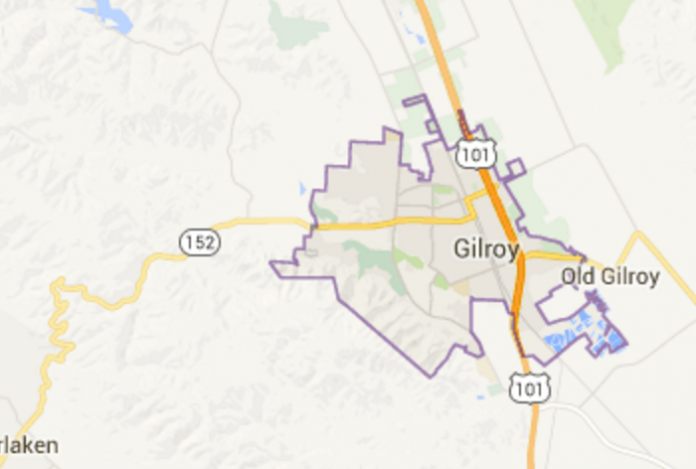Gilroy’s City Council will be looking at the year 2040 at its first meeting of 2016 on Monday, when it starts the lengthy process of approving a new general plan.
The city is scrapping its 2002 general plan for 2020 in favor of one that projects more population and far more growth for 2040. The new plan includes high-density development for north Gilroy farmlands, a controversial change that was not in the earlier plan, which suggested adding more housing by infilling around downtown.
The old plan projected the city would have 63,000 people by 2020. The new one projects 79,000 residents by 2040. The city now has 53,000 people. The plan will cost the city $1.7 million in consulting fees, studies, environmental review and meetings.
Proponents, such as Mayor Pro Tempore Perry Woodward, say that using big blocks of land for projects will allow for organized and well-planned communities. Opponents say the city needs to grow by redeveloping downtown areas rather than moving out to the fringes.
Some of the other issues being discussed include: How will the rapidly growing city keep its small-town feel? How will it deal with traffic and people who want to live in Gilroy but work in San Jose? Is it prepared for natural disasters? Will it keep open space and farmland? How will it spur a renaissance downtown?
“In 2040 Gilroy is a diverse and culturally rich community,” the draft plan reads. “Gilroy’s economy is thriving, with a healthy business environment and ample job opportunities for residents. Visitors come to Gilroy for its wineries, shopping, festivals and recreational opportunities. It is well-known throughout the region for its excellent schools, agriculture and downtown.”
Mandated by the state, cities must approve plans for the future, addressing such things as how land will be used, resources, business development, housing, parks, growth and even public art. They do it every 10-15 years, according to Interim City Administrator Ed Tewes, so the current changes are being proposed within a reasonable time frame, not sped up to encourage more growth, as some feared. The process began in 2013 and is expected to finish this summer.
The council will review the 255-page draft document, which was prepared in a series of committee meetings, studies and with input from consultants, then pass it along for a series of further studies, including an environmental impact review and public input before the Planning Commission and the City Council through the spring.
“This is the overarching document for how we deal with all our various challenges and what we know about the future,” said Woodward. “All the projections are that there is going to be tremendous growth in this area—the Silicon Valley area—and we have to deal with that responsibly.”
Woodward’s biggest concern about the lengthy document is having enough jobs and housing. He’s a supporter of the controversial plan to develop 721 acres north of the city with 5,000 homes.
“This is the discussion the city needs to have,” he said. “If we don’t deal with housing, others will do it for us.”
Transportation is one key to the planning, said Woodward, who is chairman of the county’s Valley Transportation Authority. “It’s a chicken and egg thing,” he said. There aren’t enough trains running from Gilroy to San Jose, so the number of riders is down. The last train leaves Gilroy at 7 a.m., which isn’t very convenient. Woodward said the Authority is working on getting more trains.
Other proposals include:
-
Encouraging new commercial uses to group into clustered areas or centers containing professional offices, retail sales and services, grouping along major thoroughfares and avoiding strip malls
-
Protecting hillsides from development to keep them beautiful
-
Strongly discouraging development that is not contiguous with existing urban development
-
Encouraging infill projects
-
Encouraging outdoor cafes
-
Encouraging the use of local foods
-
Requiring street landscaping for all new developments
-
Requiring hillside developers to include hiking trails and access to open space
-
Requiring bike lanes and sidewalks on all new roads and bridges
-
Prohibiting new residential growth east of Hwy. 101, saving the land for farms and industry















